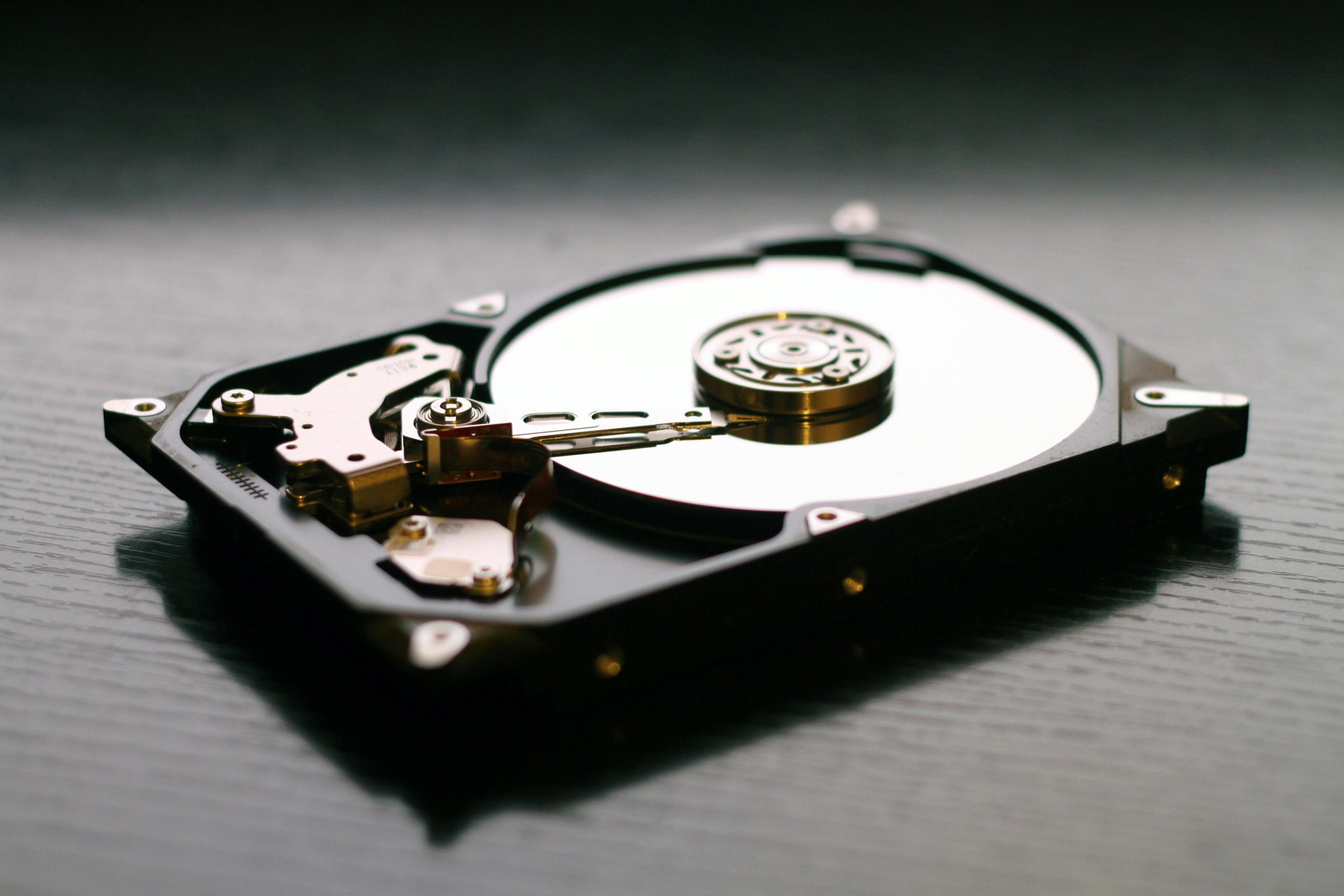Troubleshooting Your External HDD Issues: What to Do When It’s Not Recognized
Experiencing issues with your external hard drive can be frustrating, especially when it seems like the device is operating but your computer fails to recognize it. If you’re facing a situation where your Western Digital external HDD is blinking but isn’t detected by your Windows PC, you’re not alone. Here’s a look into potential solutions and troubleshooting methods.
Understanding the Symptoms
When you connect the external HDD to your computer, you may notice the drive’s LED light blinking and you can hear it spinning. However, it doesn’t show up in Windows Explorer or the partition manager. This indicates that although the drive is receiving power, it may have problems that prevent it from being recognized by your operating system.
Interestingly, when connecting the drive to a Mac, it does become visible, albeit very slowly. While you are able to access the file system and manage to retrieve some files, many transfer attempts fail, and the process is uncharacteristically slow. This symptom suggests potential underlying issues with the drive’s file system or hardware.
Additional Concerns: Beeping Sounds
If you notice that the drive emits a beeping sound when connected to various computers, this may point toward a connection issue. The need to adjust the USB cable at the drive’s connector to stop the beeping is indicative of a possible faulty USB port or cable, or problems with the drive itself.
Can You Repair Your Drive at Home?
Before considering professional data recovery services, there are a few steps you can take at home to troubleshoot and possibly repair your external HDD:
-
Check the USB Cable and Port: Sometimes, the issue can be as simple as a defective USB cable. Try using a different cable or connecting to a different USB port to see if that resolves the problem.
-
Run Disk Management: On your Windows computer, access Disk Management by right-clicking on the Start menu and selecting it. This might help you see if the drive appears there. If it shows up as unallocated or with no drive letter, you may need to initialize or assign a drive letter.
-
Use Data Recovery Software: If you manage to get the drive recognized, consider using data recovery software to assist in retrieving your important files. Ensure you use a reliable program that specializes in data recovery for external HDDs.
-
Perform a Disk Check on Mac: Since the drive is recognized on a Mac, you can
Share this content:




Hi,
It sounds like your external HDD is receiving power but not being recognized properly by your Windows system, which can be caused by a variety of issues. Here are some steps you can try to troubleshoot and potentially resolve the problem: